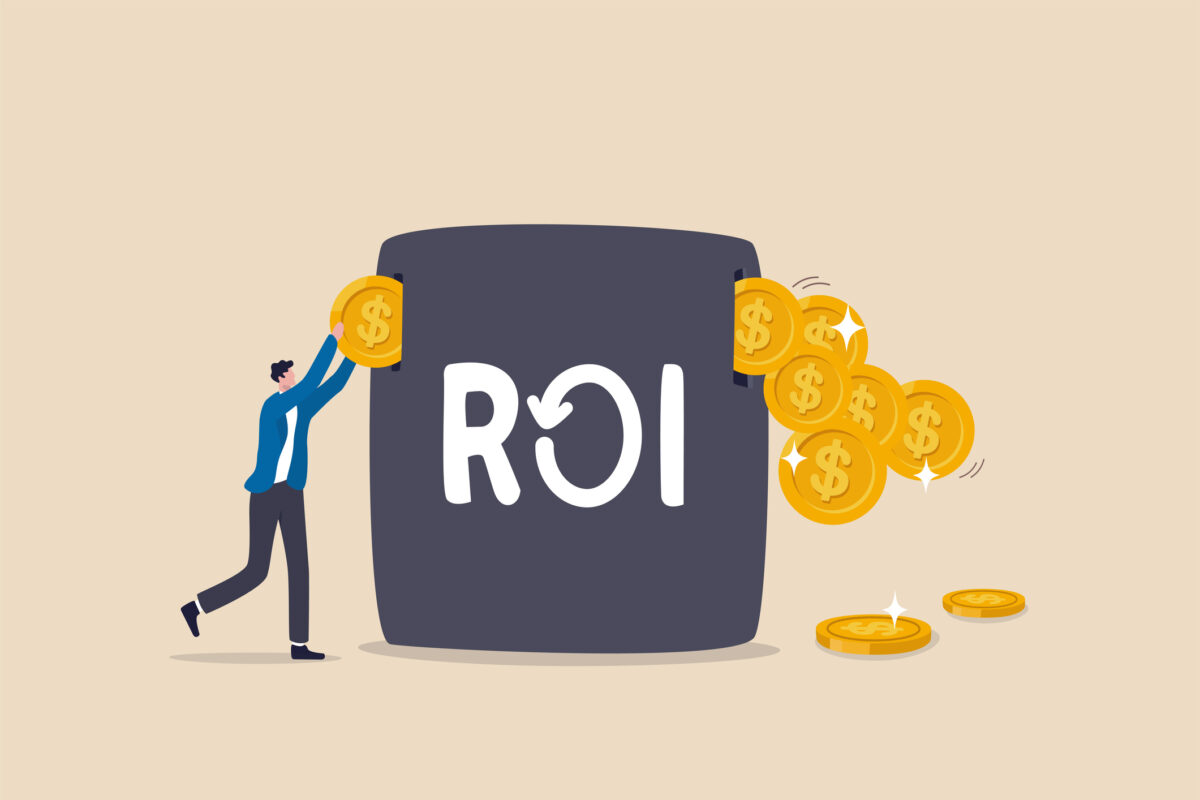Measuring the Benefits of Automation
There are many contributing factors that may lead you to the decision to automate your business. Measuring these benefits is all about comparing the post-project reality with the possible benefits expected from the conceptualization. And those expected benefits can fit into two categories: Hard Factors and Soft Factors.
Hard and Soft Factors
Hard Factors are easily recognizable and quantifiable, for example, the most common and visible one is labor value. In fact, its impact is so easily recognizable and quantifiable that it is often taken, erroneously so, as the only evaluation factor.
Soft Factors are more difficult to recognize and quantify; Consequently, their quantification is based on reasonable assumptions and estimates. For example, the projected impact of sales that are not fully completed due to lack of response capacity or any of the other numerous possibilities. While it is hard to quantify, some reasonable value can be taken before and after the start of the project with soft factors.
The easiest way to differentiate between the two is to remember that hard factors are direct, while soft factors are indirect.
Direct and Hard Factors
With this knowledge, if labor is a Direct Hard Factor, it will indirectly generate an impact on elements like:
- Personnel transportation services
- Water and food consumption
- Hygienic services and rest areas
- Administrative costs
- Security
- Insurance policies
- Accidents.
All this can be valued by making a professional estimate of the expected benefit and then comparing it with what was obtained.

Indirect and Soft Factors

Finally, the Indirect Soft Factor can be:
- Company morale
- Brand reputation
- Employee productivity
- Customer value over time
When evaluating soft factors, it is about estimating the benefits throughout the supply chain, not only in the operation within the warehouse. It involves engaging other areas of the company in the task of evaluating future profitability and then measuring the results of the investment in the project.
What about a tailored automated solution for my Distribution Center?
When a solution is being conceptualized, two criteria will always conflict:
- The Technical Criterion, which is seeking the most technically advisable solution to resolve the current problem and the future contingency.
- The Financial Criterion because it is useless to conceptualize a fantastic idea, technically speaking, that will never become a reality because there is no balance sheet on the financial side.
This conflict will inevitably resolve, but it is necessary and vital to recognize it from day one to find a way to balance the equation. The most important initial input is to estimate one’s own investment capacity and the expected return on it.
While it is not a hard-set rule, it is generally recommended a maximum return on investment period of 2 to 3 years. In today’s world, the forms of marketing in the automation realm change rapidly, constantly posing new challenges according to the requirements of each sales channel (Retail, Wholesale, E-commerce, and Catalog Sales, among others). SDI Element Logic can accommodate your business’s individual challenges, and easily overcome them with you.

Quotes
“AutoStore, powered by SDI Element Logic, is one of those highly flexible solutions. I would say that it is the most flexible due to scalability, storage density, accessibility, slotting, speed, accuracy, and security,” Joel Diaz, Commercial VP at SDI Element Logic LATAM said.
“AutoStore covers the widest spectrum of Distribution Center activities (space, picking, sorting, consolidation, transportation) in a single small space and, therefore, generates the greatest possible amount of factors that justify an investment,” Diaz said.
Secure Your Competitive Edge with AutoStore
THE WORLD’S FIRST AND LARGEST AUTOSTORE DISTRIBUTOR
